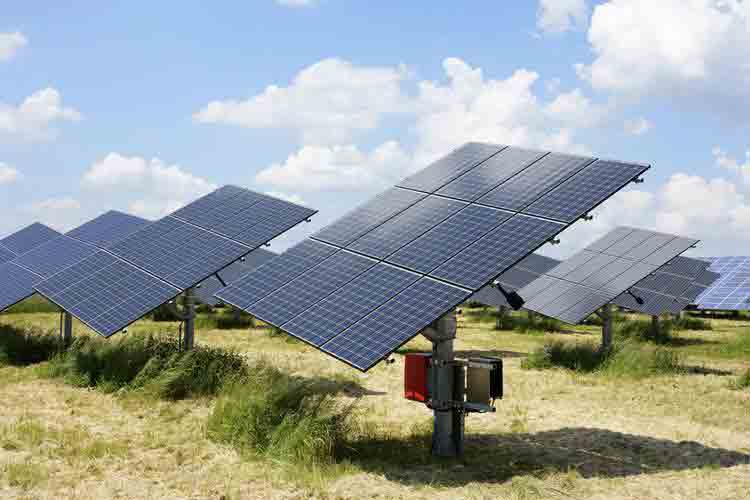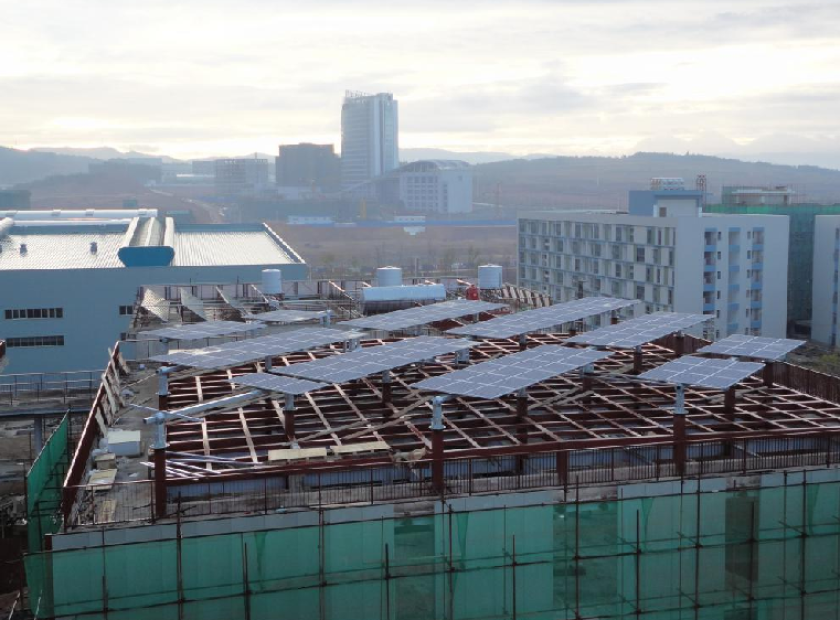Enhancing Solar Energy Efficiency with Solar Trackers
The pursuit of renewable energy sources has led to significant advancements in solar technology.Among these innovations,solar trackers stand out as a key component that enhances the efficiency of solar energy systems.This article delves into the role and importance of solar trackers in maximizing the potential of solar energy.
Understanding Solar Trackers
A solar tracker is a device that adjusts the orientation of solar panels to follow the sun’s path across the sky.This technology is designed to optimize the amount of sunlight that reaches the solar panels,thereby increasing the energy output of the system.Solar trackers can be categorized into two main types:single-axis trackers and dual-axis trackers.
Single-axis trackers rotate the solar panels along a single axis,typically east to west,to align them with the sun’s movement.This type of tracker is simpler and more cost-effective but may not capture the maximum amount of sunlight,especially during the early morning and late afternoon.
Dual-axis trackers,on the other hand,offer more precise tracking capabilities by rotating the panels along two axes.This allows the solar panels to adjust both horizontally(east to west)and vertically(tilting up and down),ensuring that they are always perpendicular to the sun’s rays.While dual-axis trackers are more complex and costly,they can significantly increase the energy yield of solar systems,making them an attractive option for high-performance solar installations.
The Impact of Solar Trackers on Solar Energy Systems
The integration of solar trackers into solar energy systems has several benefits:
• Increased Energy Output:By ensuring that solar panels are always facing the sun,trackers can increase the energy production of solar systems by up to 40%compared to fixed systems.This is particularly beneficial in areas with high solar irradiance.
• Enhanced System Efficiency:Solar trackers help maintain optimal operating temperatures for solar panels.Direct sunlight can cause panels to overheat,which can reduce their efficiency.Trackers can mitigate this by adjusting the angle of the panels to minimize heat buildup.
• Cost-Effectiveness:Although the initial investment in solar trackers may be higher,the increased energy production can lead to faster payback periods and higher return on investment(ROI)over the lifetime of the solar system.
• Adaptability to Various Locations:Solar trackers can be adapted to different geographical locations and orientations,making them suitable for a wide range of solar installations,from residential rooftops to large-scale utility projects.
While solar trackers offer numerous advantages,there are also challenges to consider:
• Cost:The upfront cost of solar trackers can be a significant barrier,especially for smaller or budget-conscious projects.
• Maintenance:The mechanical components of solar trackers require regular maintenance to ensure their proper functioning,which can add to the operational costs.
• Reliability:The reliability of solar trackers is crucial,as any failure can lead to a decrease in energy production.High-quality components and regular maintenance are essential to maintain system performance.
Solar trackers are a vital component in the ongoing evolution of solar energy technology.By optimizing the orientation of solar panels to capture maximum sunlight,they significantly enhance the efficiency and output of solar energy systems.As technology advances and costs decrease,the adoption of solar trackers is likely to increase,further driving the growth of renewable energy and contributing to a more sustainable future.






